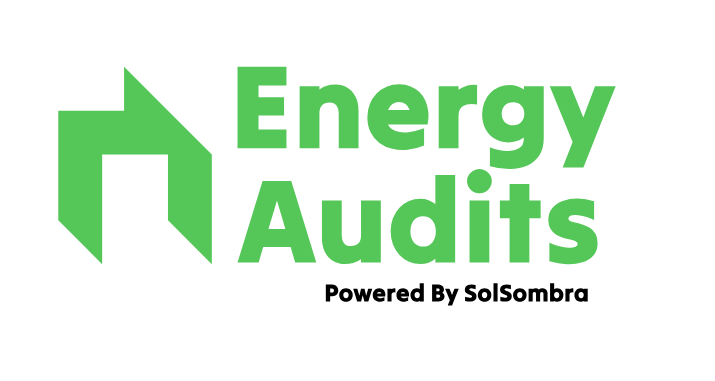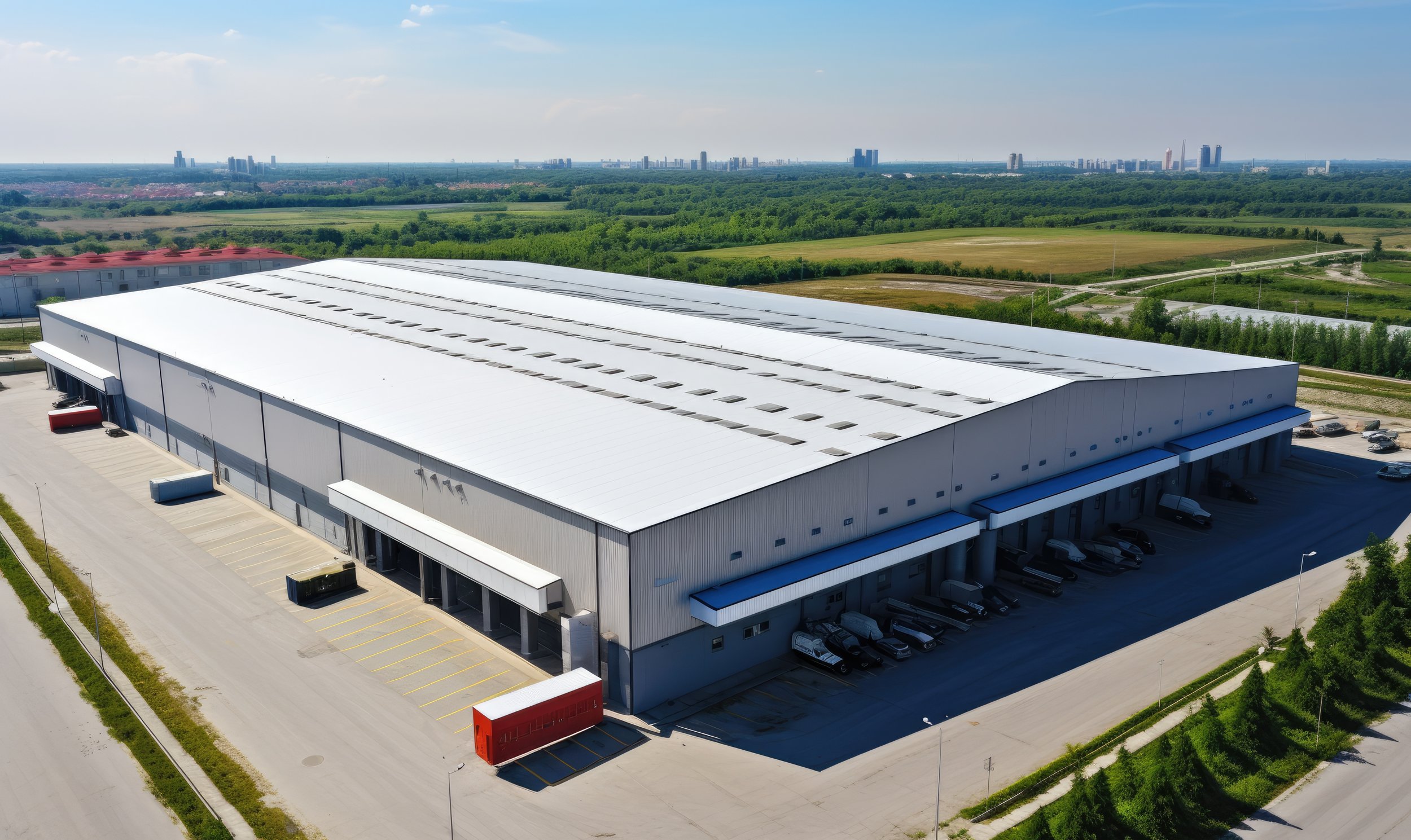
Energy Audits for
Industrial
Get in Touch
Energy Use in Industry
The industrial sector – encompassing manufacturing plants, processing facilities, mining operations, and heavy engineering – is one of the largest energy consumers in the economy. In Australia, industrial operations consume roughly 40% of all electricity used, by far the biggest share among sectors. Energy is indispensable for maintaining production, but it also represents a significant operating cost and an environmental challenge. Many industrial facilities have been built up over decades, resulting in a mix of modern equipment and aging infrastructure that may not be energy-optimized. Aging motors, boilers, kilns, and other machinery can draw more power or fuel than necessary, especially if they are not regularly maintained or upgraded for efficiency. Additionally, complex processes (e.g. high-temperature furnaces, chemical reactions, large-scale pumping, or compressed air systems) can hide "invisible" energy losses – for example, heat escaping from uninsulated steam pipes or air leaks in compressed air lines. Industries also face growing pressure to comply with environmental regulations (like emissions limits) and to reduce carbon footprints. This adds urgency to address energy inefficiencies, as improving energy use is often the quickest way to cut greenhouse gas emissions in industrial operations.
Challenges in Managing Industrial Energy Use
Industrial sites often operate continuously or in long shifts, leading to sustained high energy demand. A key challenge is that production schedules and output targets must be met, so energy-saving measures cannot interrupt workflows or reduce output quality. This means inefficiencies tend to persist if they aren't proactively identified and corrected. Common pain points include:
Outdated Equipment: Older electric motors, pumps, and process machines may run below optimal efficiency. For instance, an aging motor driving a conveyor or compressor might use significantly more electricity than a newer high-efficiency motor to do the same work. Replacing such equipment can save energy but requires capital, so industries often run equipment to failure, incurring energy losses in the interim.
Process Heating and Cooling: Industries that use steam, hot water, or chilled water (for heating, cooling, or refrigeration in processes) often suffer losses through poor insulation, failing steam traps, or cooling systems running when not needed. These processes are energy-intensive; even small percentage improvements can save large amounts of energy. For example, a leak in a steam line or a pressure relief valve lifting frequently can waste a substantial amount of fuel over time.
Compressed Air Systems: Compressed air is famously one of the most expensive forms of energy in a plant (in terms of energy in vs. useful work out). Leaks or inappropriate uses of compressed air (like using compressed air to clean floors instead of a broom) are common and can account for a large energy waste. Additionally, compressors might not be controlled properly – multiple compressors could be running at partial load (an inefficient operating mode) rather than one running efficiently at full load.
Operational Practices: In many facilities, equipment or production lines might continue running during breaks or changeovers simply out of habit or due to lack of automated controls. For example, a grinder or mixer might be left on idling even when no product is being processed. These practices lead to energy being consumed without production benefit. Likewise, shifts in production volume (higher or lower) might not be accompanied by adjustments in energy use – resulting in, say, a furnace running at full fire even if production is slowed down.
Demand Management: Industrial plants often have hefty peak power demands, which can incur large charges from utilities. Starting up several big motors or electric furnaces at the same time can spike demand. Without coordination (like soft-start systems or staggered starts), plants face higher demand charges. Managing these peaks is a challenge, especially when production needs can require simultaneous operation of many systems.
Additionally, industries must ensure power quality and reliability – introducing energy-saving tech should not cause disruptions (e.g., variable speed drives need proper filters to avoid harmonics affecting other equipment). Maintaining productivity and product quality is non-negotiable, so any energy strategy must align with these core needs.
Opportunities for Energy Optimization
Energy audits in industrial facilities often uncover numerous opportunities to boost efficiency and reduce costs:
Equipment Upgrades and Retrofits: One major avenue is updating or retrofitting critical equipment. High-efficiency motors and drives can replace older motors, often yielding energy savings of 5-20% for each motor replaced. Adding variable frequency drives (VFDs) to pumps, fans, and compressors allows their speed to adjust to the actual demand rather than running at full speed continuously; for example, a VFD on a pump can slow it down during low process demand, cutting energy use dramatically (affinity laws mean even a small reduction in speed yields a large drop in power draw). Retrofitting burners on boilers or ovens to more efficient low-NOx burners can improve combustion efficiency. Even upgrading to more advanced cutting or machining tools can sometimes reduce energy per unit output, because they operate faster or with less waste heat.
Waste Heat Recovery: Industrial processes often vent out a lot of waste heat – from hot exhaust gases, cooling water, or heated products. Implementing heat recovery systems can turn this wasted energy into useful energy. For example, an air-to-air heat exchanger can capture heat from a factory’s flue gases to preheat incoming fresh air for boilers or dryers. Similarly, recovering heat from compressor hot discharge air or boiler blowdown water to preheat process water can significantly reduce fuel consumption. Many plants can also use cogeneration (combined heat and power, CHP), where a gas turbine or gas engine produces electricity and the waste heat from the engine is used for steam or process heat on-site. This dramatically improves overall energy efficiency and can be economically attractive (CHP systems often achieve 70-80% total efficiency versus 30-50% for separate grid electricity and boilers).
Renewable Energy Integration: Integrating renewables is increasingly practical for industries. On-site solar power can supply a portion of a plant’s electrical load (especially useful for daytime operations or running auxiliary systems). Some industries are exploring biomass or biogas to displace natural gas in boilers and furnaces – for instance, a sugar mill might burn bagasse (sugarcane residue) to generate steam, or a food processor might use biogas from an anaerobic digester treating its organic waste to fuel a boiler. These steps not only cut fossil energy use but also reduce emissions. In certain cases, industries can even purchase renewable power or invest in off-site renewables to ensure their energy supply is sustainable. Renewable integration is often supported by government incentives as well.
Advanced Control Systems and Automation: Implementing advanced controls can optimize process parameters to save energy. Process control optimization might involve using sensors and automation to ensure that no more energy is used than necessary – for example, controlling the airflow in a drying oven precisely so that you don’t over-dry (and thus waste heat) or using analytics to schedule production when energy tariffs are lower. Automated systems can shutdown idle equipment: robotics and Industry 4.0 solutions can coordinate manufacturing steps so machines enter standby if downstream is momentarily bottlenecked. Even simple programmable logic controller (PLC) tweaks, like turning off conveyor motors if a line is stopped for 5 minutes, can add up to savings.
Power Factor Correction and Power Quality: Industrial facilities often have inductive loads (motors, transformers) that cause low power factor, which utilities may penalize. Installing capacitor banks or power factor correction units improves power factor, reducing those penalties and slightly improving energy efficiency (less current draw for the same work). Additionally, maintaining good power quality (through filtering, proper grounding) can reduce losses and prevent equipment from running inefficiently or being damaged, indirectly saving energy and maintenance costs.
Operational Best Practices: Sometimes, low-tech solutions yield gains. For example, implementing a rigorous maintenance schedule – cleaning heat transfer surfaces, lubricating moving parts, calibrating controls – keeps equipment operating at design efficiency. Training staff in energy awareness (such as identifying compressed air leaks by sound, or ensuring machines are turned off at shift end if not needed) can create a culture of efficiency. Introducing an energy monitoring dashboard in the facility can gamify energy-saving efforts (some plants have inter-department competitions to see who can reduce energy use the most, for instance).
Crucially, many industrial efficiency improvements have productivity and reliability co-benefits. A well-maintained, sensor-equipped machine not only uses less energy but is also less likely to break down unexpectedly. Efficient systems often provide better control, which can enhance product quality (for example, more uniform temperatures in a kiln can improve product consistency). Therefore, investing in energy optimization frequently yields a broad return on investment beyond energy cost savings alone.
How Energy Audits Can Help
An energy audit tailored for an industrial facility provides a detailed blueprint of where and how energy is being used, and where it is being wasted. Our industrial energy audits involve thorough data collection and analysis. We examine production processes and support systems, conduct on-site measurements (like power logging on motors, thermal imaging to find heat losses, and ultrasonic testing to detect compressed air leaks), and benchmark performance against both industry standards and the facility’s own historical data. The result is a set of actionable recommendations specific to the plant's operations.
For example, an audit might highlight that a certain large motor (running a vacuum pump or compressor) is drawing far more power than it should, indicating wear or a need for a VFD retrofit. We might find that multiple air compressors are fighting to maintain pressure due to leaks and an improper control sequence, suggesting a leak repair campaign and a master controller installation. Or the audit could reveal that during lunch breaks and shift changes, much of the line equipment remains powered and idling – a practice that could be changed via automation or scheduling. Each identified issue comes with proposed solutions and an economic analysis (implementation cost, energy/cost savings, payback period). This allows plant managers to prioritize: some fixes will be no-cost (e.g., adjusting a thermostat setpoint), while others might be capital projects requiring budget planning.
Crucially, our approach is to not only recommend what to do, but also how to do it in a way that aligns with production needs. We recognize that any changes must not disrupt output or compromise safety. If we suggest, say, optimizing a furnace temperature profile, we ensure this is evaluated against product quality requirements. If we recommend staggering equipment startups, we schedule it in a way that doesn’t delay production readiness. We often find that energy efficiency and productivity can go hand in hand when approached strategically – a point reinforced by global studies which show efficiency improvements can be made without compromising productivitynew.abb.com.
By following through on audit insights, industrial companies can typically achieve substantial reductions in energy consumption – often cutting energy bills by tens or hundreds of thousands of dollars per year. This translates directly to lower cost of production per unit, which can improve competitiveness. It also ensures compliance with environmental standards (as using less energy generally means emitting less CO₂ and other pollutants, helping meet targets or avoid penalties). Many industrial firms also find that after implementing efficiency measures, they can proudly communicate a smaller carbon footprint for their products, which is increasingly valuable in supply chain agreements and marketing to eco-conscious customers and investors.
Small/Medium Industrial Businesses: Smaller factories and workshops (including family-owned manufacturers or local industrial firms) often have tight budgets and limited staff dedicated to facility management. We help these SMEs identify low-cost improvements (like optimizing compressed air pressure settings, fixing leaks, or upgrading to LED lighting in the workshop) that can reduce overhead without requiring massive investment. These measures free up cash flow that can be reinvested in the core business.
Government & Public Sector Industries: Government-run utilities, defense manufacturing facilities, or council-operated infrastructure (such as water treatment plants or public transit maintenance depots, which have industrial energy profiles) benefit from energy audits to meet public-sector sustainability goals and save taxpayer money. We ensure public industrial operations comply with energy-efficiency mandates (e.g., energy management requirements in government operations) and often uncover upgrades that modernize infrastructure (like more efficient pumps at a city water facility) with long-term cost savings.
Large Industrial Corporations: Big manufacturing plants, mining operations, petrochemical facilities, and industrial corporations typically have energy costs in the millions of dollars annually. For these clients, we provide comprehensive audits that can be part of company-wide energy management initiatives. We often integrate our findings with their ISO 50001 Energy Management System processes or corporate carbon reduction commitments. By implementing audit recommendations across multiple sites, these corporations can achieve significant scale benefits – negotiating bulk purchases of efficient equipment, sharing best practices, and tracking enterprise-wide energy performance improvements. The result is substantial cost savings and a stronger sustainability profile that can be reported to shareholders and customers as a competitive advantage.
Industries Served













